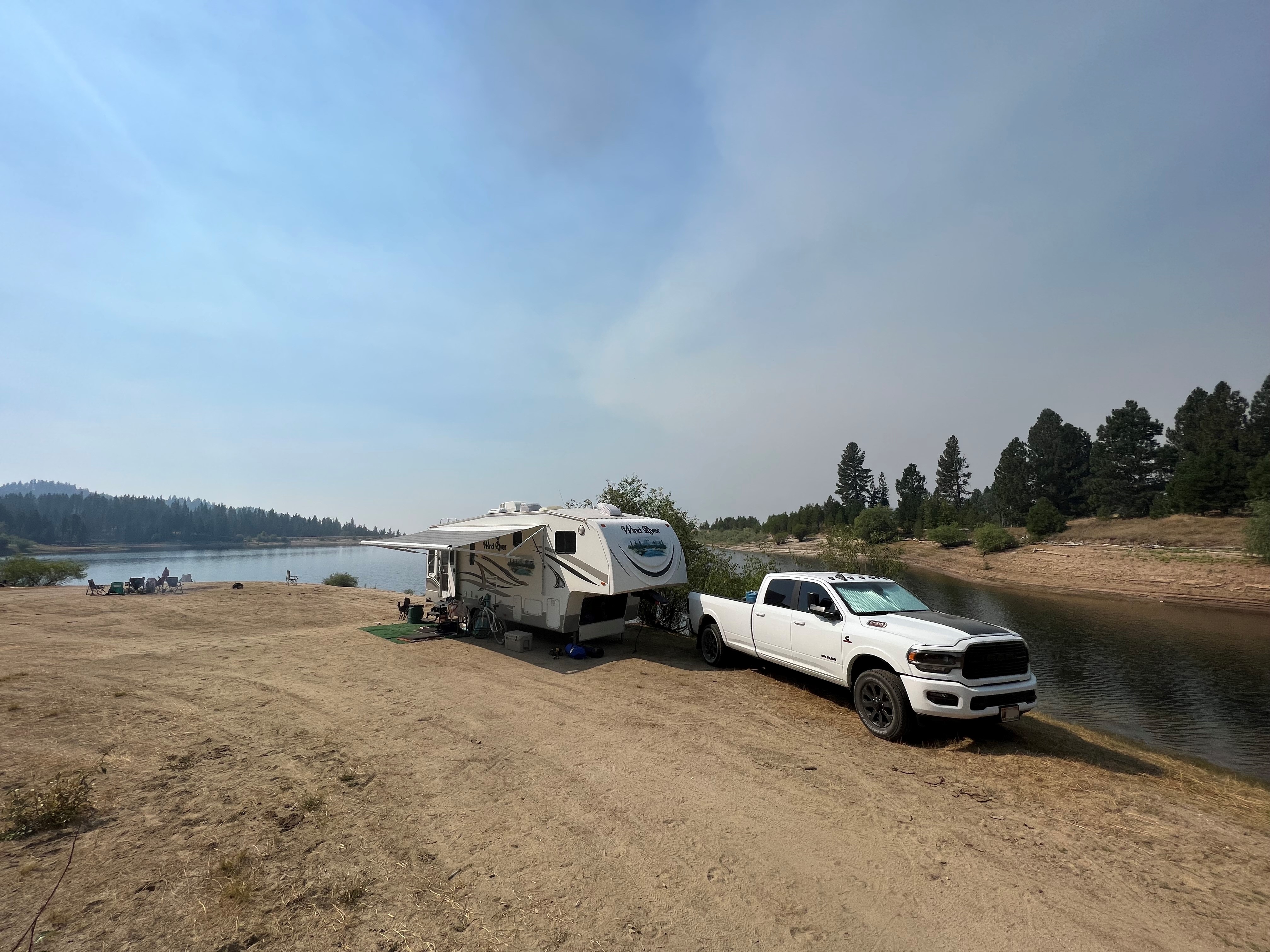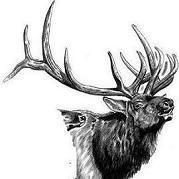
Everything posted by AH64ID
-
UDC tuning for vp trucks!!??
Figured, I am talking programmers. Modules have mostly disappeared on the newer stuff with all the ECM options available and how much more reliable they are than modules. I hope that the VP crowd can do the same thing!! It really is a much better tuning experience.
-
UDC tuning for vp trucks!!??
Are you talking a tuner or a module? Yes you can download it and look at everything. The VP's appear to use much lower timing than I anticipated in OEM form.
-
UDC tuning for vp trucks!!??
It's a start. It's currently the most tuning capability the VP has had on a public scale.
-
UDC tuning for vp trucks!!??
I'll just leave this here... http://smartyresource.net/forum/showthread.php?1157-Update-Version-15&p=5690#post5690
-
Headlight Bulbs
Yeah, not cheap!!
-
Teardown and Rebuild
Personally I wouldn't ever stick a hose into the block even to flush. These blocks just don't drain enough to guarantee you have removed all the minerals. My system holds 7.4 gallons and I can only get about 4-5 gallons out during a drain. If you refill with tap water you now have over 2 gallons of tap water in the block. It would take too many distilled water flushes to get the tap water out so why bother with tap water. Lets look at the numbers. If you have at 7.4 gallon system and drain 5 gallons out (the absolute max I could get) you will have 2.4 gallons of tap left in there. That's 32.4% tap water. Drain that out and refilling with distilled water (2nd fill of distilled water) will give you 10.5% tap water. So now we are still, IMHO, contaminated with too much tap water. Another drain/fill will get you to less than 1% tap water. So basically to keep your coolant contaminate/mineral free you are having to fill/drain the block 4 times after you "flush" it with tap water... what a waste of time!! IMHO your time is much better spent by draining out the old coolant and gutting the older thermostat. Reinstall the old thermostat to have full flow and do 3/4 drain/flush with distilled water. That will get enough old coolant out and flush the system as much as is needed on an ISB. Then after the final drain add 1/2 the capacity in concentrate, don't use premix or you will end up with a weak coolant, and then top off with distilled water until you're full. No minerals/tap water to deal with and you have a flushed/refilled cooling system. Another thing is that these blocks are not known for contaminate issues in them. I installed a coolant filter and while it does pick some small stuff up it's not anything that will cause premature failure. Most of the contaminates are going to get stuck in the radiator or heater core anyhow. If you are worried about it have your radiator power flushed while you do the coolant flush, it should cost arouns $20.
-
NV4500 and 50 SAE GL-4 Synthetic Trans Fluid
Since when is all pavement flat ground? Where where we talking about pavement being flat and dirt roads being hilly? There are plenty of flat dirt roads and hilly paved roads :-) Look at your post. " I figured it would be the toughest being the slow speeds and lack of cooling wind under the truck." You are simply not looking at all the variables at once and just picking parts and pieces to focus on. Stop taking generalizations and applying them to absolutes. Nothing is absolute but we can certainly generalize. No different than telling us that your TT is 4' lower than dripleys 5er to make a point. It's a false statement that you don't research or even comment on when called out. It complacently invalidates your argument and makes it hard to take anything you talk about as factual. This is why people want to see results with this fluid outside of your microcosm. It's not to say your data isn't valid, it's simply that your use is not average.
-
NV4500 and 50 SAE GL-4 Synthetic Trans Fluid
Absolutely, but it's still not as much power going thru the transmission.
-
NV4500 and 50 SAE GL-4 Synthetic Trans Fluid
Slow speed may have less cooling but you also have the gearing advantage on your side so less torque is needed at the flywheel to get the required torque to the wheels. At slow speeds the required torque to the wheels is also less. That doesn't mean that slow speed cannot create heat but it has more things going for cool running than high speed. Who said to tow at 80 mph on the interstate???
-
Towing opinions
Tongue weight should be 10-15% on bumper pull trailers. 13-15% is fairly normal for travel trailers and the closer they are to 15% the better they tow.
-
Towing opinions
1200lbs of tongue weight seems VERY, VERY, VERY high for a 4500lbs trailer. That's 26% tongue weight which is high even for a 4500lb 5th wheel. A 4500lb trailer should have no more than 675lbs of tongue weight. Even if 4500lbs is the axle weight, and not trailer weight, it's still shouldn't be than 800lbs of tongue weight. I would check with the rental company again. LRD tires on a 2500 is wrong, IMHO, as is a 50 psi tire; however, they get away with it because of the volume of air in the tire. It's not uncommon to see high load capacity with low air pressure as tires get larger, mainly above the 285/7x range. Your calculations are correct but I would personally run 40/40 if you don't get to a scale first and stop after 25 miles to see how hot they are. If they are quite hot then air up. You may run into funny wear patterns thou if your wheels aren't 10" wide. You have plenty of power and transmission for the job. I wouldn't bother with adding power for a couple day camping trip if it isn't something you would be doing anyways. 4500lbs is nothing for these trucks even with the added drag of a camper.
-
what's the lates on Ball joints?
I only have 30K on my dynatrac's but so far so good. Dynatrac is all the local diesel shop uses.
-
20014 3500
The crankcase vent dumps into the intake on the 6.7 instead of to the atmosphere.
-
Recommendations for U-Joints?
Here is another question... Why run a weaker product when a stronger, and generally longer lasting, product is available for a negligble price difference? I've never broken a greaseable u-joint, buts it's hard to break something I don't use. Once ce we turn the power up the OEM u-joints become undersized. A little added strength isn't bad. The he new trucks with 850-900 lb/ft run 1550 series u-joints. How many of us has that much torque to the ground? How many of those run bigger u-joints?
-
Recommendations for U-Joints?
I wonder if Spicer and AAM are different? The seal and hole info I was given was specific to the 3rd Gen applications for both of those brands. Makes you wonder??
-
Recommendations for U-Joints?
Interesting. What brand?
-
concensus of running EGT's
Running 255/80R17, 245/70R19.5, or 285/70R17 with my NV5600 in 6th on a flat road I am ±50° of all of the below temps on a 75-85° day. 60: 600°, 1-2 psi 65: 650°, 2-3 psi 70: 675°, 3-4 psi 75: 700°, 4-5 psi 80: 750°, 5-6 psi 85: 800°, 7-9 psi It's been a while since my drive pressure gauge was hooked up but its going to be about 1-2 psi less than boost. My next run to town I'll do a quick data log for a mile at each speed and post the averages. EGT's will be post-trubo thou.
-
Recommendations for U-Joints?
I agree with Katoom. The local Six States does as well and IIRC they don't even stock the greasable ones for my truck anymore as they weren't lasting as long. Another thought for those of use that have a bit more power than our trucks came with is that non-greaseable are stronger than their greasable counterpart of the same size/design spec. This is due to the greasbles joints being center drilled for the grease passage. So non-greasable are stronger, sealed better, and generally last longer. Once an oil change is not often enough to be greasing u-joints, for the miles on a OCI and how much dirt I drive on, and I don't want to deal with it more often than that. I already have to grease the wifes every 5K miles, but her rig rarely leaves town and doesn't tow. She has 140K miles on the OEM Toyota u-joints.
-
advise for an exhaust brake.
AFIK the BD and PXRB are both air pressure actuated on the CR's. The Jacobs and Banks are the only ones I know of that are vacuum for the CR's. I would get the PXRB. It will work well with your pre-06 Auto and has good stopping power at lower rpms. My Jacobs has been great but it's not an option for your year with the Auto.
-
Water Pump Finally
Maybe you have to drain more... I just don't recall it being that much thou. Be sure to let us know dork.
-
So I have been looking at travel trailers today
I would look at the Jayco as they are one of the better quality brands. Yes new TT's often have some bugs but who is to say the used RV had those issues fixed? Or it doesn't have a host of other issues. Quite often maintenance on a TT is neglected and used is a crap shoot. New doesn't have to be bad, nor is used. I only took my TT back once or twice in the year warranty period and it was nice to have that warranty vs fixing the stuff on my own... but it's all preference. But don't let new bugs scare you away from buying new... the new bugs are often much easier to deal with than the used bugs.
-
Water Pump Finally
That's not what I would call low on the block.
-
Water Pump Finally
Go look.... It's almost at the top of the block, probably only 2" below the cylinder head mounting surface.
-
Water Pump Finally
The water pump is near the top of the block. You probably don't have to drain more than 3-4 gallons out.
-
NV4500 and 50 SAE GL-4 Synthetic Trans Fluid
It's probably not 4' higher considering your camper is 11'3", per Jayco, and max leagal road height is 13'6".... Generally speaking 5th wheels actually have less drag than a travel trailer as there isn't the air gap between the tailgate and front of the TT.. a canopy will reduce that effect but a 10K 5th wheel will almost always pull easier than a 10K TT. Throw extra long shank's into the mix, I run an 18", and drag increases a LOT. I recall losing ±2 mpg towing a popup trailer with a Tacoma when I went from a 6" to a 12" shank. Imagine what a long shank on a TT does. Empty I shift around 2K and towing I shift around 2300-2500 depending on my desired rate of acceleration. My TT is harder to pull, thanks to drag, at 18K GCW than a dump trailer at 26K GCW on the flats.



